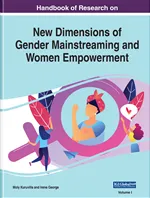The Kurdish Language: Perpetual Persecution, Perpetual Disconnection
Open the link to read the full article:
http://blog.utpjournals.com/2020/10/19/the-kurdish-language-perpetual-persecution-perpetual-disconnection/
October 19, 2020
Written by guest blogger Kaziwa Salih.
Language is the power of the soul, the vision of the mind, and the passport of the ideas and culture that form the identity of the speaker. Although their language is one of the 40th languages in the world, Kurdish populations have been living in severe crises and traveling without passports as consequences of linguicide.
The Kurdish language is divided into four major dialect...

